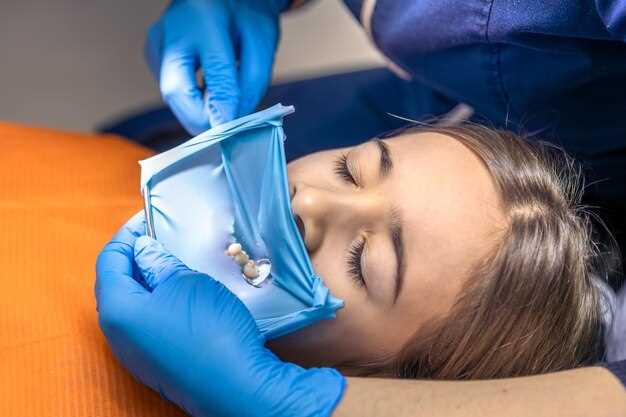
When it comes to maintaining the aesthetic appeal and structural integrity of your vehicle, understanding the time commitment for dent repair services is essential. Dents, whether caused by minor accidents, hail, or other unforeseen events, can detract from your car’s appearance and potentially lead to more significant issues if left untreated. This article aims to clarify the typical duration of various dent repair services and what factors can influence these timelines.
Most dent repair methods, such as Paintless Dent Repair (PDR), tend to be quick and efficient, often taking only a few hours. In contrast, traditional body repair techniques may involve a longer process due to paint matching and drying times. The extent of the damage, the type of repair method chosen, and the expertise of the technician can significantly impact the duration of the service. Understanding these variables will help you plan accordingly and ensure your vehicle is returned to its pristine condition as swiftly as possible.
Moreover, it’s crucial to recognize that not all dents are created equal. Simple, shallow dents can be repaired in a fraction of the time compared to larger, more complex damage that requires extensive work. As we delve deeper into the repair process, we will explore the expected durations for different types of dent repairs and provide insights to help you make informed decisions about your vehicle’s care.
Understanding Timeframes for Minor Dent Repairs

When it comes to minor dent repairs, understanding the timeframe is essential for both efficiency and planning. Typically, minor dents can be addressed within a few hours, depending on the specific techniques used and the severity of the damage.
One of the most common methods for repairing minor dents is paintless dent repair (PDR). This technique generally takes between one to three hours, allowing for quick turnarounds while preserving the vehicle’s original paint finish. Skilled technicians utilize specialized tools to massage the metal back into its original shape, making it an efficient choice for small dings and creases.
In some cases, the material and location of the dent can affect the repair time. Dents located on flat surfaces are easier and quicker to fix compared to those on more complex curves or edges. Additionally, if the dent is near a seam or weld, it may require further disassembly, potentially extending the repair duration.
Another factor influencing the timeframe is the technician’s experience and the specific conditions of the shop. A well-equipped facility with seasoned professionals can expedite repairs, while less experienced technicians may take longer to achieve satisfactory results.
Furthermore, the repair process can be impacted by the availability of replacement parts if any are needed. Although minor dents usually do not require parts, certain situations may necessitate additional materials, prolonging the overall repair time.
Finally, while same-day service is often possible for minor repairs, scheduling and workload can affect how quickly your vehicle can be serviced. It’s advisable to contact your local repair shop to understand their typical wait times and to book an appointment accordingly.
Factors Influencing the Duration of Major Dent Repairs
The duration of major dent repairs can vary significantly based on several critical factors. Understanding these elements can help vehicle owners set realistic expectations regarding the repair timeline.
1. Size and Depth of the Dent: Larger and deeper dents typically require more time to repair. The complexity of the damage influences the methods used, whether it involves pulling the dent or replacing panels entirely. Small surface dents can often be fixed quickly, while major dents may necessitate extensive labor.
2. Type of Repair Technique: Different techniques, such as paintless dent repair (PDR) or traditional bodywork, have varying timelines. PDR is generally faster if the original paint is intact, while traditional repairs that involve sanding, filling, and painting can extend the process significantly.
3. Vehicle Make and Model: The design and construction of a vehicle can affect repair duration. Some makes and models have more accessible body components, making repairs quicker, whereas others may have intricate designs that require more time to disassemble and reassemble.
4. Availability of Parts: If the repair requires replacement parts, the availability of those parts can influence the repair duration. Delays in sourcing specific parts can extend the timeline, especially for rare or discontinued models.
5. Technician Experience: The skill level and experience of the technician performing the repair play a substantial role. A seasoned technician may complete repairs more efficiently and effectively than someone with less experience, reducing overall repair time.
6. Workload of the Repair Shop: The current workload at the repair facility can impact how quickly repairs are completed. Shops with numerous clients may have longer turnaround times, while those with fewer vehicles may offer quicker service.
7. Underlying Issues: Sometimes, what appears to be a simple dent can uncover deeper issues, such as structural damage or alignment problems. Addressing these additional complications can add time to the repair process.
By considering these factors, vehicle owners can gain a clearer understanding of what might influence the duration of major dent repairs, enabling them to make informed decisions regarding their vehicle’s restoration.
What to Expect During the Repair Process Timeline

The duration of dent repair services can vary depending on several factors, including the type and extent of the damage, the repair method used, and the workload of the repair shop. Generally, you can expect the timeline to include several key phases:
1. Initial Assessment: The process begins with an evaluation of the dent by a technician. This step usually takes about 15 to 30 minutes, during which the technician will determine the extent of the damage and the best repair method. They will provide you with an estimate of time and cost based on the assessment.
2. Scheduling the Repair: Once you approve the estimate, the repair will be scheduled. Depending on the shop’s workload, this step may occur within a few days to a week. If urgent service is available, repairs can sometimes be completed on the same day.
3. Repair Process: The actual repair process varies based on the method chosen. For minor dents using paintless dent repair (PDR), the process can take as little as one to three hours. However, for larger or more complex repairs that involve repainting, you may need to allocate a full day or more. This process may include:
- Preparation: Removing any obstacles, like trim or panels, associated with the damaged area.
- Dent Removal: Utilizing specialized tools to massage the metal back into its original shape, or applying body filler for deeper dents.
- Painting and Finishing: If repainting is necessary, this step can add substantial time, typically an additional few hours to a couple of days depending on the drying and curing time.
4. Quality Check: After repairs are completed, the technician will conduct a thorough inspection to ensure that the work meets the shop’s quality standards. This could take an additional 30 minutes to an hour.
5. Finalizing the Paperwork: Once the repairs have been approved, you will finalize any necessary paperwork and settle payment. This last step usually takes around 15 minutes.
In general, for minor dents, you can expect the entire process from assessment to completion to take a few hours on the same day, while more severe damage might stretch over several days. Always consult with the repair shop for their specific timelines, as they can provide more tailored information based on your specific repair needs.

